Error E3 in a Bosch washing machine
 The likelihood of encountering error E3 on a Bosch machine is low. The vast majority of users do not encounter this combination during all 7-10 years of operation of the machine, but sometimes the code still appears on the display. You need to figure out what is hidden behind the code and how to fix the problem. A brief reference to the code, step-by-step instructions and recommendations from the experts will help with this.
The likelihood of encountering error E3 on a Bosch machine is low. The vast majority of users do not encounter this combination during all 7-10 years of operation of the machine, but sometimes the code still appears on the display. You need to figure out what is hidden behind the code and how to fix the problem. A brief reference to the code, step-by-step instructions and recommendations from the experts will help with this.
What prompted the code to appear?
Before deciding who is to blame and what to do, you should figure out what caused the error. E3 is displayed on Bosch if there are problems closing the door. In the factory instructions, the decoding looks like this: “the washing machine hatch does not close, is not blocked, or there is no signal about the successful operation of the locking mechanism.”
If the Bosch washing machine is not equipped with a display, the self-diagnosis system will report a problem using the appropriate indication - flashing LEDs on the dashboard.
However, in reality, the manifestations of E3 are more diverse. Many more breakdowns and failures may be hidden under it. So, typical reasons for this error to appear:
- the hatch is not closed tightly, which is why the UBL (hatch locking device) does not work;
- the door was locked inaccurately (after strong pressure);
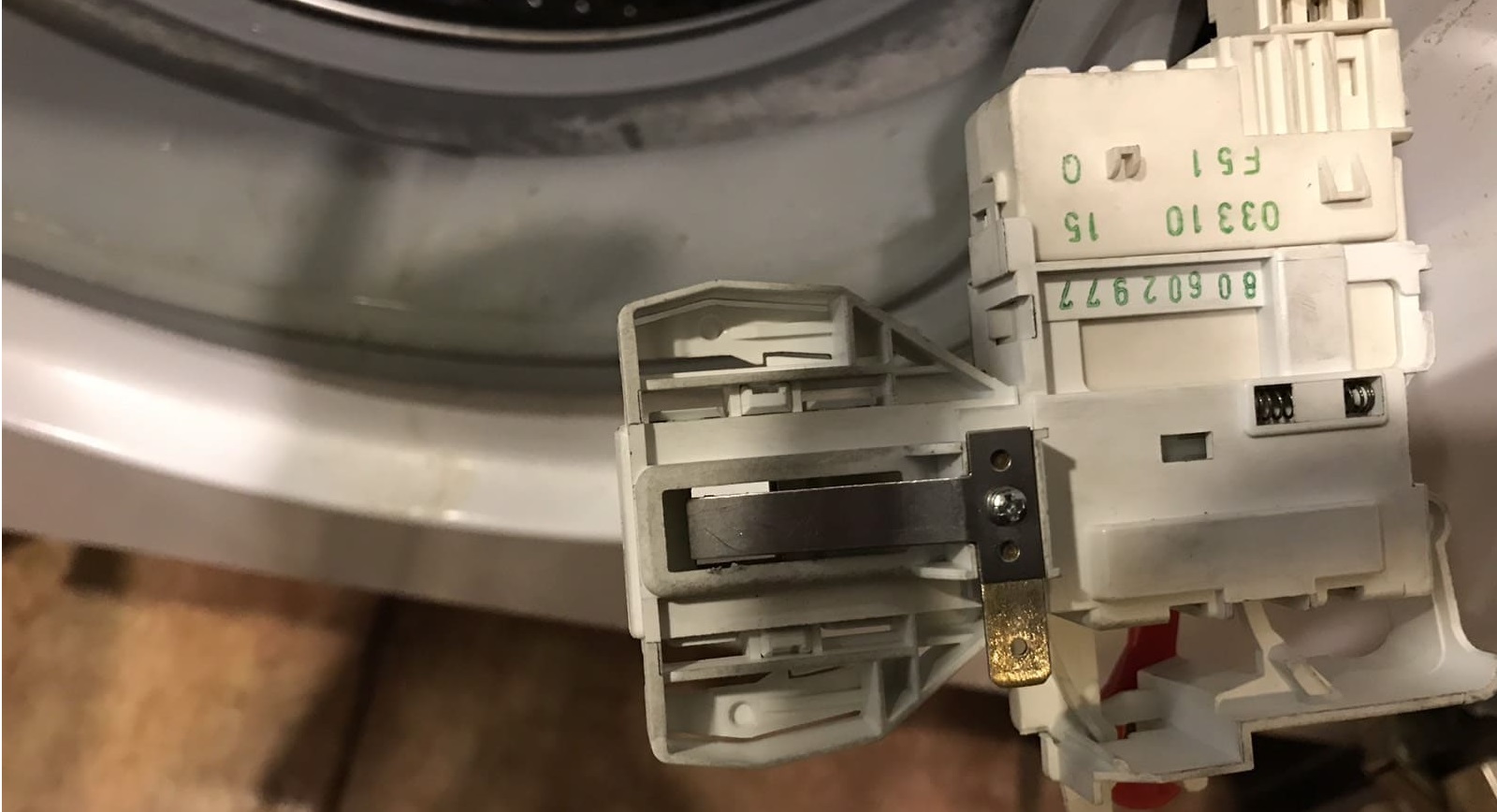
- the hatch is closed, but the electronic locking was not activated due to a mechanical failure of the UBL;
- the electronic part of the blocker is broken;
- the control board lost contact with the UBL because the semiconductor on the module burned out.
In more than half of the cases where E3 appears, the door locking mechanism is to blame. The second most common is a faulty UBL. The top three are closed by electronic system problems.What is included in each group of breakdowns and how to deal with them - we will tell you further.
Mechanical problems with the door
There are several reasons why the hatch does not close tightly. The most common and common one is that something is preventing you from locking the door. More precisely, an item, a hairpin or other foreign object is stuck in the gap between the cuff and the edge of the tank. Solving the problem is simple: just carefully inspect the machine and remove all existing “obstacles”.
When E3 appears, it is recommended to check the hatch cuff: perhaps the rubber band is damaged or a foreign object is stuck in it.
Often the cuff itself interferes with closure. This happens in three cases: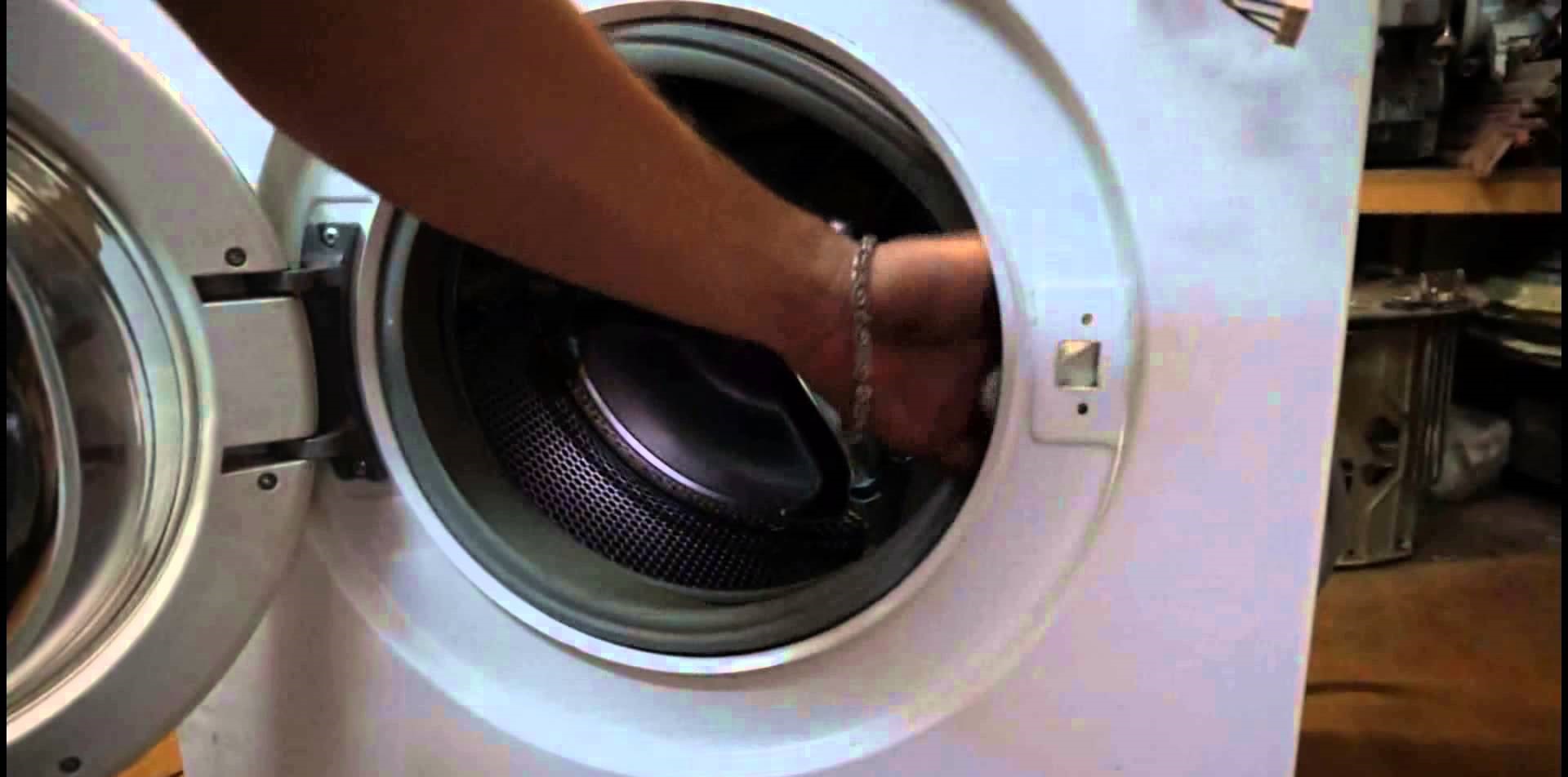
- a non-original seal is installed;
- when replacing the cuff, the cuff was tensioned incorrectly or the clamps were loosely secured;
- the rubber band breaks and the loose piece falls into the gap between the body and the hatch, preventing the door from closing.
If the problem is a damaged rubber band or a non-original spare part, you will need to purchase a new cuff and repeat the replacement. Similarly, the consequences of unsuccessful repairs are eliminated. When everything has been replaced according to the rules, but the hatch still does not close, it is worth sanding the edges of the seal. Most likely, an existing protrusion or other interfering defect is to blame.
It happens that the door breaks after careless closing. For example, for a long time the hatch on a Bosch did not close well, so the user regularly used force: he pressed down or slammed it. As a result, the hook of the locking mechanism, which should be spring-loaded and move with tension, moves and does not “fit” into the special groove. To correct the situation, you need to disassemble the door, open the lock and repair it.
Locking device
According to statistics, every third case of E3 is associated with UBL. An electronic lock is provided for additional protection of the door, preventing it from accidentally opening during washing. The device fails for several reasons:
- The UBL mechanism is broken (it is not recommended to repair the device, it is better to replace it with a new one);
- the electrical part is faulty (to check, run the device with a multimeter);
- The line connected to the UBL has come loose or is damaged.
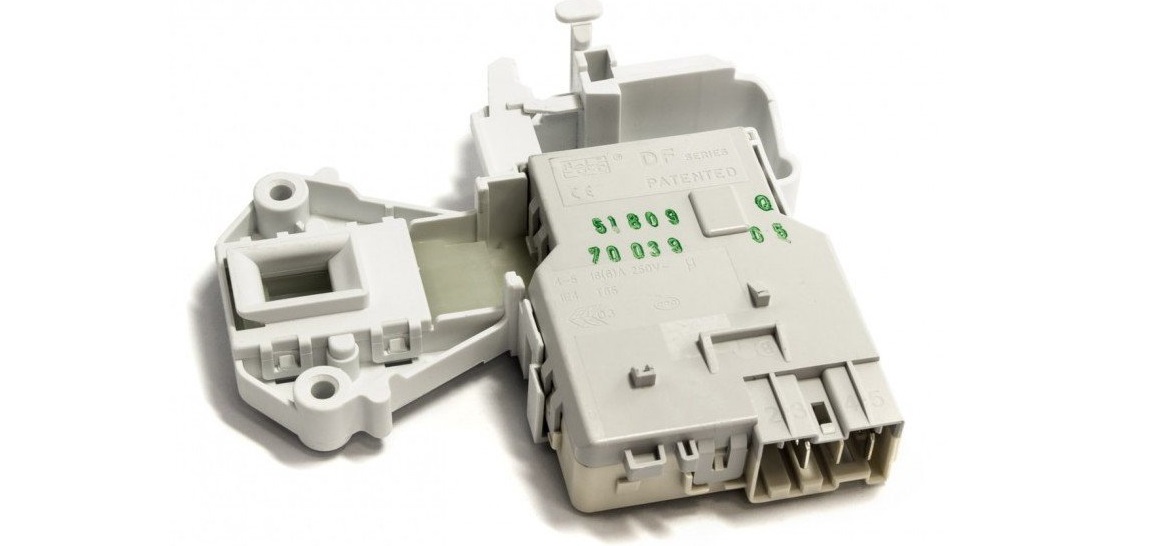
It is practically useless to repair a faulty UBL. It is better not to waste time and effort, but to purchase a new device. Ideally, we are looking for an analogue only from original Bosch spare parts. Then we dismantle the old blocker and replace it with a whole one according to the following scheme:
- disconnect the washing machine from communications;
- open the hatch door;
- find the locking hole on the right and unscrew the two bolts holding the UBL;
- we tuck the cuff as deep as possible into the drum, and try to pull the blocker out into the vacated slot;
When disconnecting the UBL, be careful: do not damage the wiring connected to the device!
- disconnect the “trick” with the wires;
- inspect the blocker for integrity, and then “ring” with a multimeter.
Having eliminated the malfunction, we return the UBL and the cuff to their place, paying special attention to the wiring. Then we run a test wash. If the door closed and the diagnostic system remained silent, then everything was done correctly.
Electronics problems
If after diagnosing the door and UBL the error code E3 does not disappear, it is recommended to check the wiring for a break. When it’s “clean” here too, it means the problem is in the control board. Most likely, one of three problems occurred:
- the semiconductor on the module, which is “responsible” for the Bosch self-diagnosis system, has broken down (another option is that the corresponding “track” has burned out);
- the element connecting the electronic unit and the blocker has burned out (the “track” is often damaged);
- another important component of the module has failed.
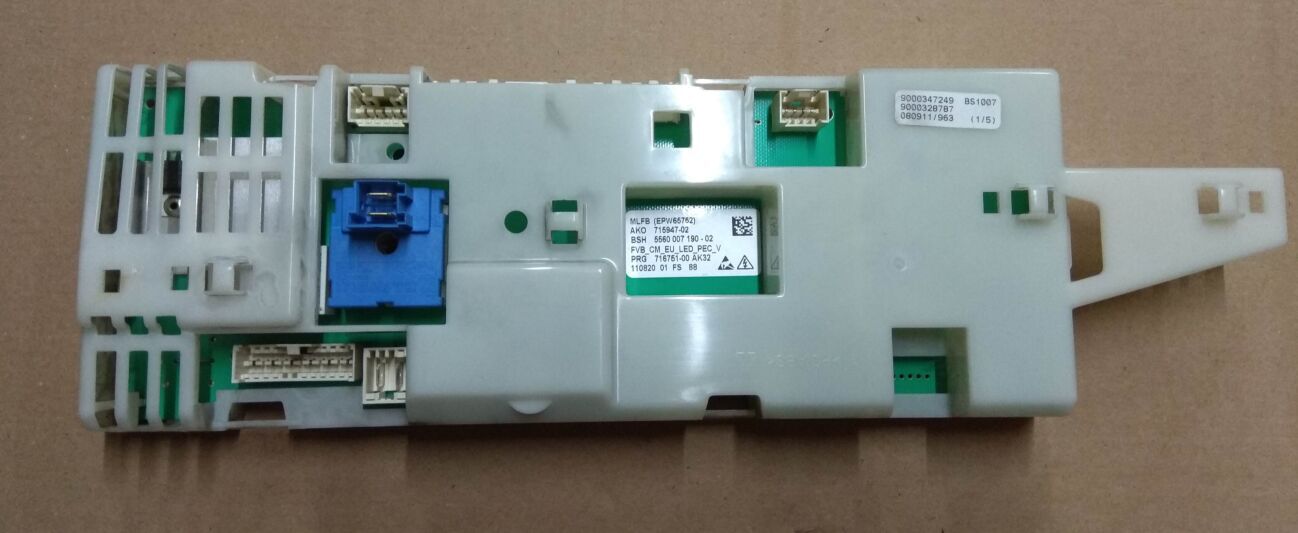
It is almost impossible to diagnose and repair the board on your own. It is necessary to carefully “ring” each element of the module and check the system on special equipment. One careless movement can aggravate the situation, even leading to the “lethal outcome” of the equipment.
It is highly not recommended to independently diagnose and repair the control board - it is safer to contact a service center.
Dealing with the E3 code at home is possible, but difficult. The main thing is to take your time, follow the instructions, and if there are difficulties, contact the service center for professional help.
Interesting:
1 reader comment


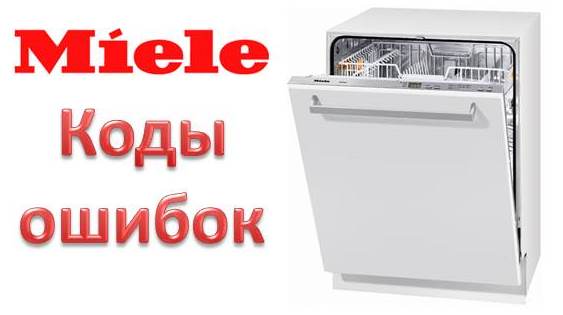
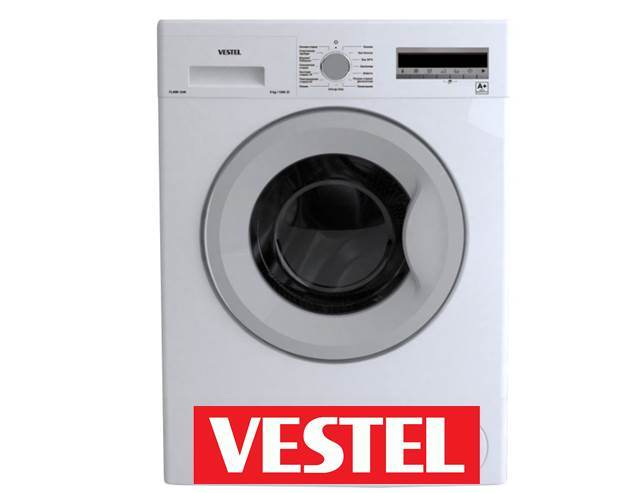
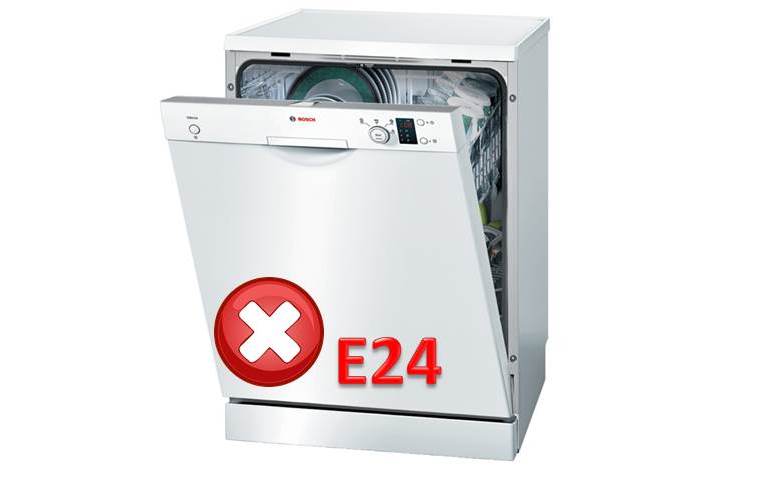
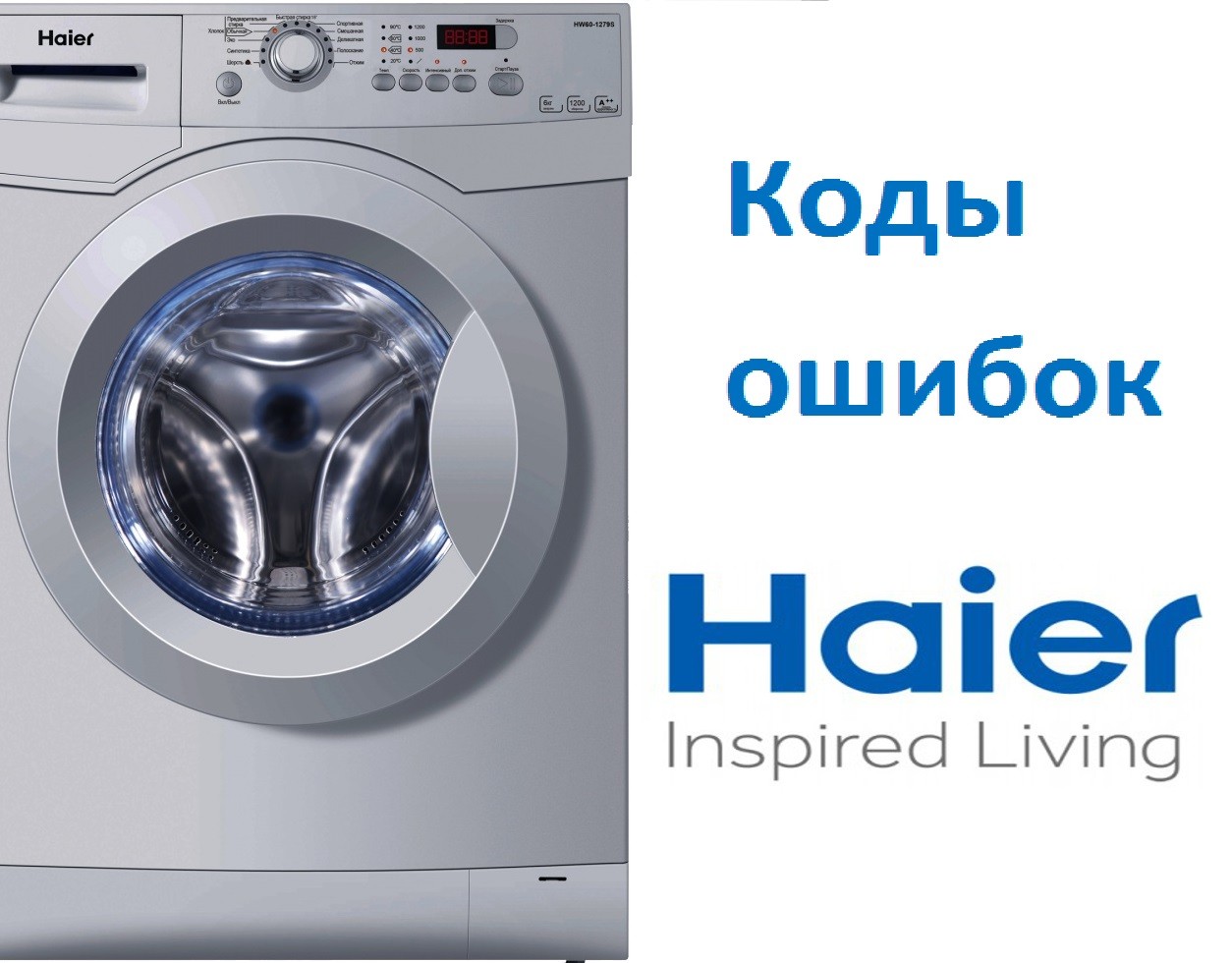
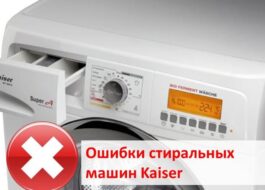














Cool, you saved me with your article. Thank you.